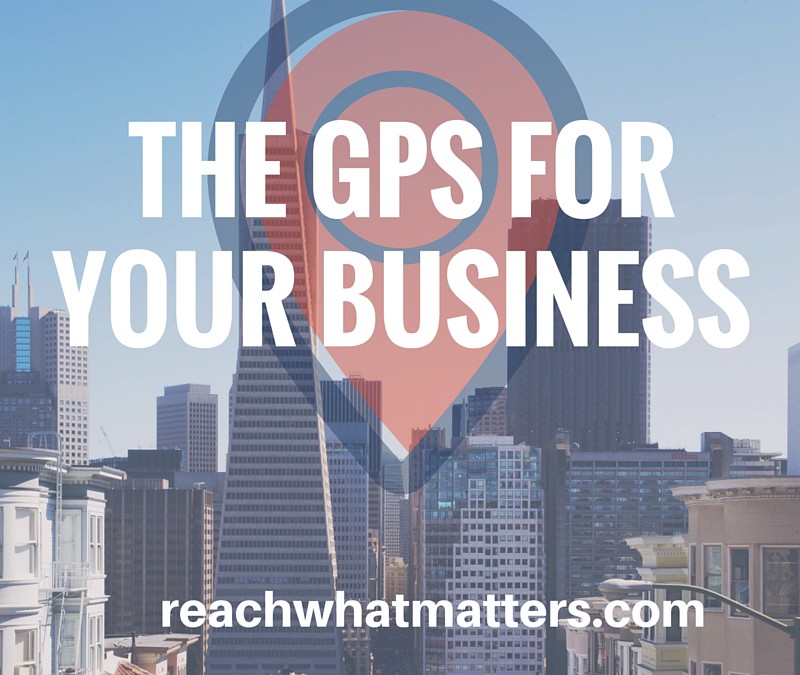Last week, I shared a really common situation where business plans are a waste of time.
Poor or ineffective planning wastes time, resources and causes frustration.
However, business planning itself is not a waste of time when it’s done effectively.
Effective planning – for business or otherwise – is a process that helps you define a desired future outcome and then anticipate, evaluate and decide activities to accomplish that outcome.
Effective business planning can be like a GPS for your business – it can help you figure out how to get where you want to go.
Now, it’s true that once you choose a route – unexpected things can happen. You might get stuck behind a slow-moving truck in a no-passing zone. You might hit an unexpected detour.
But, the potential for a delay is not a good reason not to plan your route.
So, how do you create an effective business plan?
If you’re starting a traditional business that requires a big outlay of cash for equipment, facilities or staff to start up, go with a traditional business plan. An investor or bank will likely require it. There are free templates for traditional business plans and financial statements available here: https://www.score.org/resources/business-planning-financial-statements-template-gallery.
But, in today’s world, many entrepreneurs aren’t starting traditional businesses. The allure of being an online entrepreneur, sometimes called a “solopreneur,” by essentially parlaying your unique skills and services into an online business, funding yourself out of your profits.
In this model, a traditional business plan is overkill.
In this model, what’s needed is a more flexible, responsive approach to planning. Positive cash flow is critical to sustainable growth…which is just a fancy way of saying:
To stay in business, figure out how to make more money than you spend without burning yourself out.
Rather than thinking about a bulky business plan, focus on researching and making decisions in the following areas:
- Market
- Value
- Profit
Simple enough, right?
In layman’s terms, this means:
- Market – decide to whom you’re selling
- Value – decide what value you’ll offer the market
- Profit – decide how you’ll consistently make more than you spend
The key with this approach is to remain flexible and responsive as you gain experience. Adjusting your market, your offerings or your profit plan is easy when you’re just starting out. Keep adjusting until you find what works for you.
Sure, there will be more to “do” in your business – systems to set up, taxes to pay, innovations to create – but Market, Value and Profit are the heart of your business.
Get them right and you’ll develop a GPS to help you find the path to where you want to go in business.

